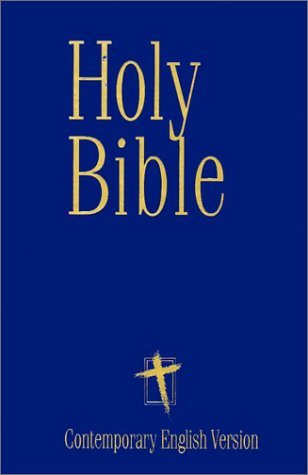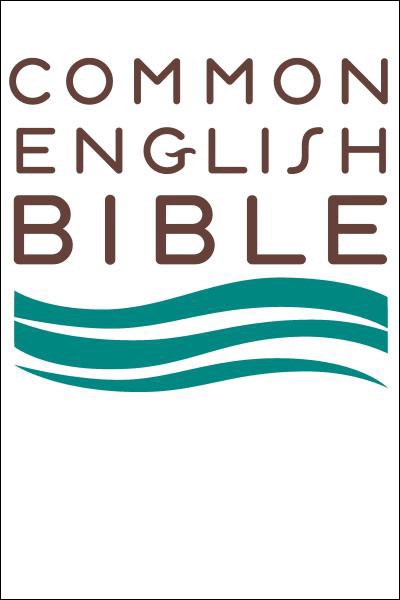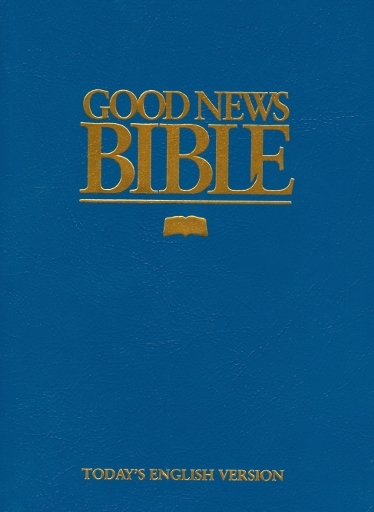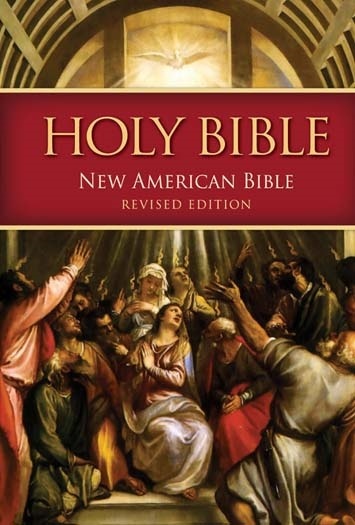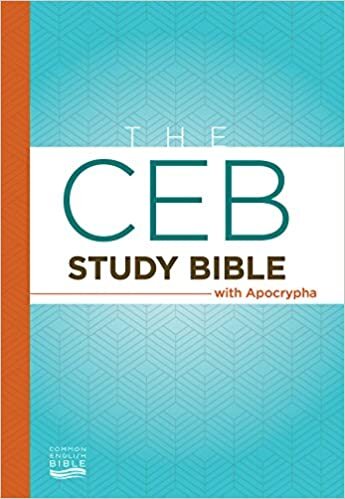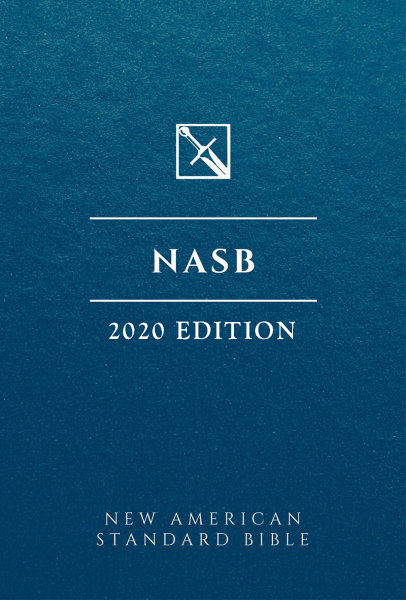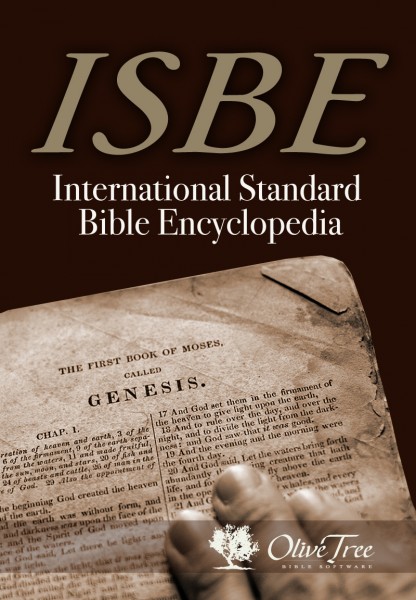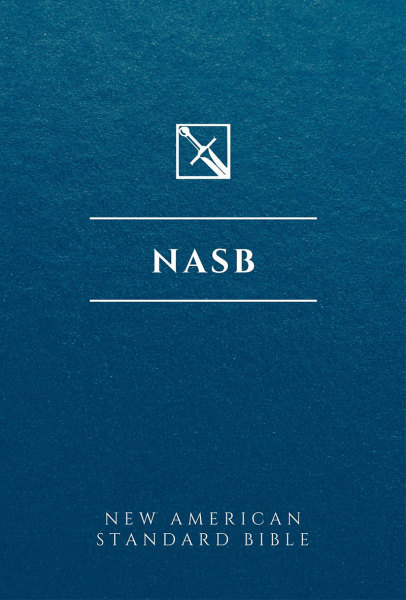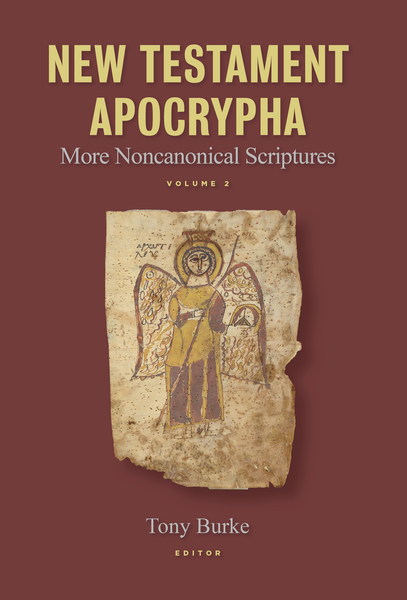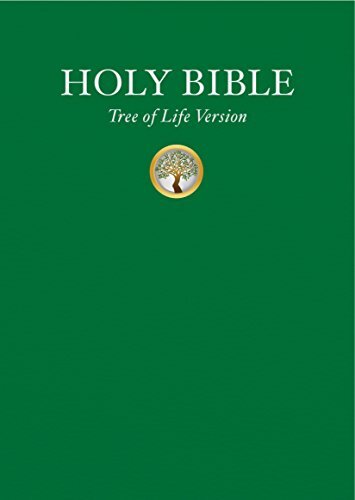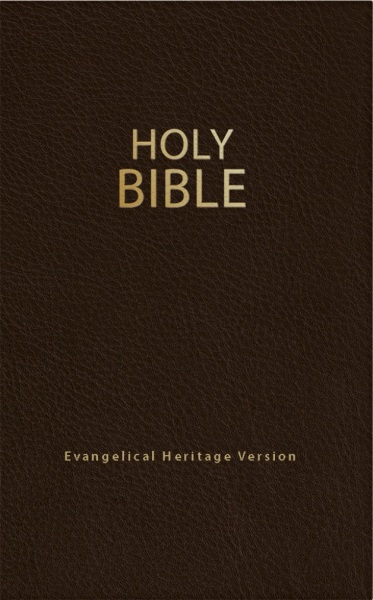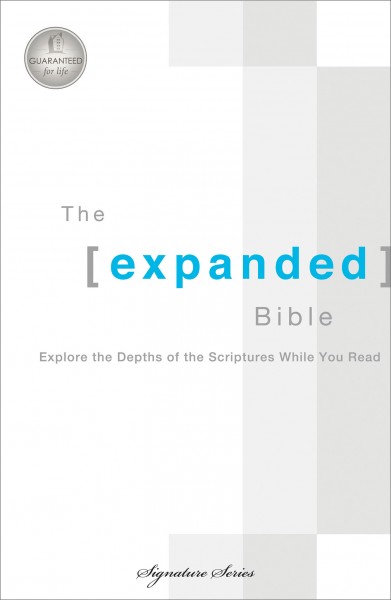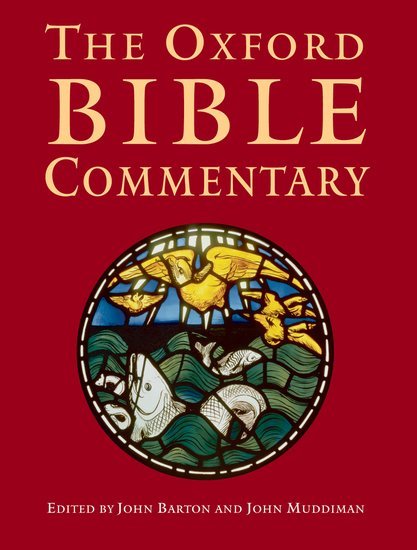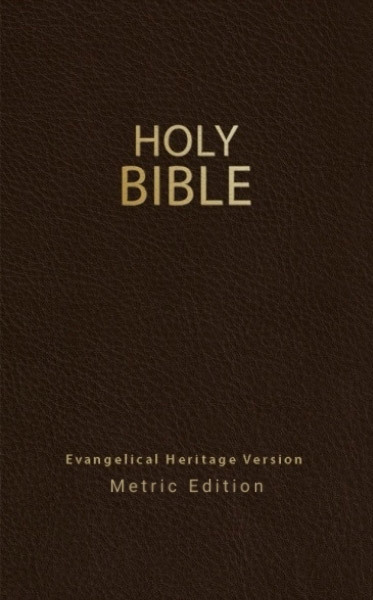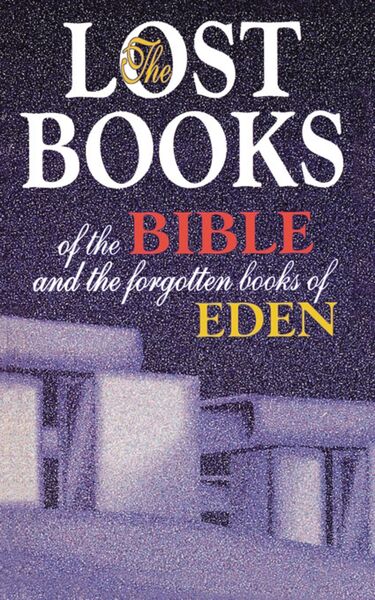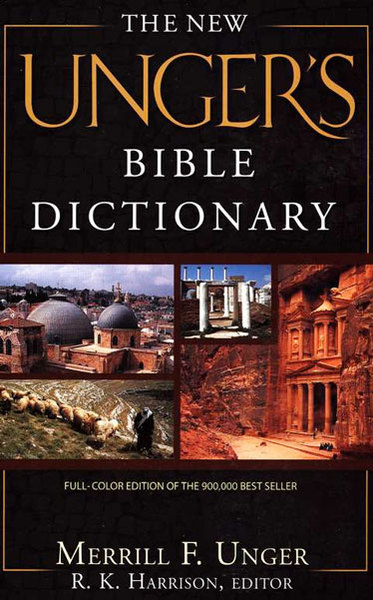

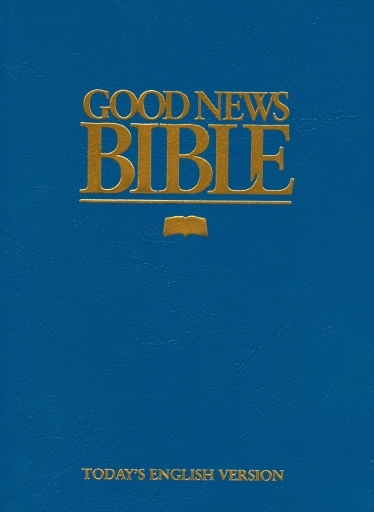

The Good News Bible was born out of the translation theories of linguist Eugene Nida, the Executive Secretary of the American Bible Society’s Translations Department. In the 1960s, Nida envisioned a new style of translation called “dynamic equivalence,” that is, the meaning of the Hebrew and Greek would be expressed in a translation “thought for thought” rather than “word for word.”
The Good News Translation of the Bible was first published as the New Testament under the name Good News for Modern Man in 1966, its debut as a full Bible came in 1976. The first edition containing the Deuterocanon was released in 1979.
This Bible is a clear and simple modern translation that is faithful to the original Hebrew, Koine Greek, and Aramaic texts. It uses simple everyday language and vocabulary shared by everyone regardless of age or background. Consequently there has been no attempt to reproduce in English the parts of speech, sentence structure, word order and grammatical devices of the original languages. Faithfulness in translation also includes a faithful representation of the cultural and historical features of the original. Certain features, however, such as the hours of the day and the measures of weight, capacity, distance, and area, are given their modern equivalents, since the information in those terms conveys more meaning to the reader than the Biblical form of those terms.
This is the 1992 edition of the text. Looking for a version without the Deuterocanon? You can find it here.
